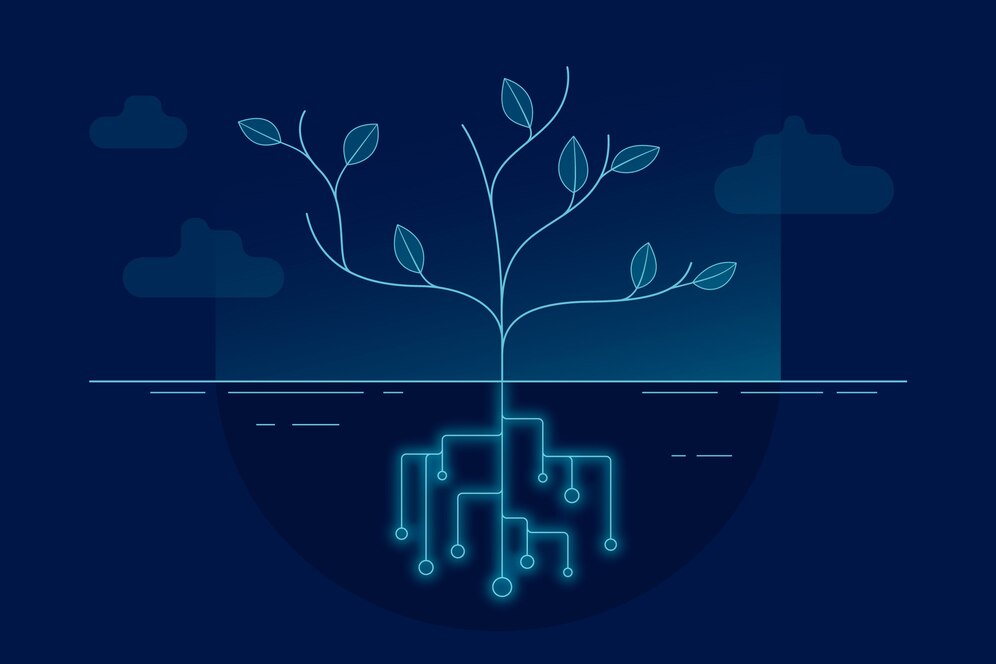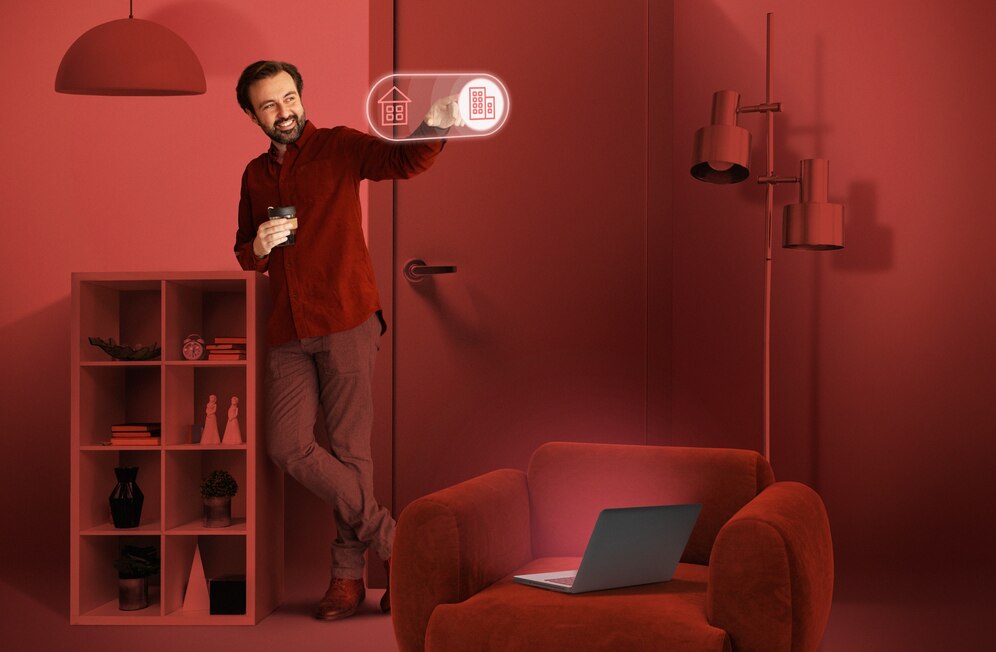Neural Interface Technology Trends are transforming the connection between the human brain and machines. At News Unix, we uncover how this innovation is driving futuristic change. This shift enables thought-controlled devices and enhances medical research.
Neural Interface Technology Trends push the boundaries of cognition and control. They influence neuroscience, rehabilitation, and immersive experiences. These systems decode brain signals to power new forms of communication and interaction in real time.
Revolution in Medical Science
Brain-machine interfaces support stroke recovery and mobility in patients with paralysis. These systems read and translate brain activity into movement. Researchers aim for precise neural control, enabling personalized treatment paths. The impact on neurotherapy is profound.
Enhanced Communication Tools
Neural interfaces give voice to those unable to speak. Devices read mental patterns and convert them into digital text or speech. It allows users to interact without physical effort. The evolution of silent communication is gaining real traction.
Boosting Virtual Reality and Gaming
Immersive tech now reacts directly to brain signals. Players control game movements with thoughts. Neural interfaces personalize gameplay and elevate user feedback. This trend is shifting VR and gaming to new interactive heights.
Expanding Human Capabilities
Cognitive enhancement is becoming a reality. Neural interfaces support memory boosts and learning acceleration. Wearable tech connected to neural networks offers productivity upgrades. Human-machine collaboration is taking a sharper turn.
Brain-Controlled Robotics
Robots guided by neural activity assist in complex environments. Industries use brain-powered arms and mobility aids. This shift supports precision work and offers autonomy to those with mobility issues. Integration continues across multiple fields.
Neuroscience Meets AI
Artificial intelligence works with brain data to create adaptive tools. Neural interfaces feed real-time inputs to AI models. These insights allow machines to anticipate user needs. Neuroscience and AI together create intuitive systems.
Consumer Devices and Lifestyle
Neural interfaces appear in wearables that monitor focus and emotion. Consumers explore productivity and wellness tracking using brain feedback. This lifestyle tech fosters new habits based on neural patterns. Markets expand as demand rises.
Security and Ethical Concerns
Brain data privacy becomes crucial with rising adoption. Safeguards for personal neural patterns must be ensured. Ethics questions around manipulation and access grow. Regulations aim to protect cognitive freedom.
Industrial Applications Emerging
Factories apply brain-computer systems for hands-free commands. Workers guide machines using neural signals. This reduces physical strain and increases efficiency. These systems boost performance in hazardous environments.
Education Reinvented by Neural Interfaces
Teachers use attention-tracking headsets to assess student focus. Lessons adapt in real time based on brain response. Neural tech drives personalized learning. It is reshaping education systems globally.
FAQs:
Q1.What are Neural Interface Technology Trends?
A:Neural Interface Technology Trends refer to emerging systems that connect the brain with machines for control and communication.
Q2.How do neural interfaces improve healthcare?
A:They aid in stroke recovery, mobility assistance, and communication for patients with neurological disorders.
Q3.Are neural interfaces used in daily life?
A:Yes, through wearable tech that tracks focus, emotion, and cognitive performance.
Q4.Can these systems be used in education?
A:Neural interfaces are used to tailor learning experiences based on real-time brain feedback.
Q5.Is brain data privacy a concern?
A:Yes, securing neural information is essential to ensure cognitive autonomy and ethical use.
Conclusion:
Neural interface technology is no longer just science fiction it’s becoming a powerful tool reshaping how we interact with machines, data, and even our own bodies. As these innovations advance, they promise to enhance communication, improve healthcare, and unlock new levels of creativity and accessibility. The future of human-tech synergy is here, and it’s more exciting than ever.



